Be the first to review this product
In stock
SKU
CN373AF
PRODUCT DETAILS
This old-fashioned HEIRLOOM variety produces 8 rows of large, yellow kernels on 12-18cm (5-7") cobs. Plants grow 1.5-2m (5') tall. Golden Bantam’s sweet flavour is fantastic for fresh eating or freezing on the day it is picked. First introduced to the market in 1902 by W. Atlee Burpee. Isolate Golden Bantam at least 3km from other corn if you intend to save seed. Golden Bantam corn seeds are unusual because they are open pollinated and one of the few corn varieties that produce well in our climate but are also suitable for seed saving. This is an excellent variety of corn for seed savers.
Matures in 85-95 days. (Open-pollinated seeds)
- Fantastic for fresh eating
- 12-18cm (5-7" cobs), 8 rows of large kernels
- Old fashioned corn taste
- Open-pollinated seeds
- Matures in 89-95 days
All About Golden Bantam
Latin
Zea mays Family: PoaceaeDifficulty
Moderately challengingSeason & Zone
Season: Warm season. Exposure: Full-sunTiming
Direct sow in late spring. If the soil is not warm enough, seeds often rot before sprouting – especially when not treated with fungicide. Untreated corn seeds should be planted only when the soil has warmed up above 18°C (65°F) – warmer for super-sweet (sh2) types, and even warmer for a good stand. Use a soil thermometer. If spring weather is cold, consider planting in flats or individual pots, indoors with bottom heat, for transplanting. Seeds should germinate in 7-10 days. If it rains after planting and corn does not emerge, just re-plant the area.Starting
Do not soak corn seeds prior to planting. Plant 2-5cm (1-2″) deep (shallower for sh2 seed or in cool soil). Sow seeds around 7.5cm (3″) apart, in rows 60-90cm (24-36″) apart. Because corn is wind pollinated, plant in a dense block of at least 4 rows, rather than in single rows. This increases the chance of corn pollen, which emerges from male flowers at the growing tip, to fall down onto the receptive female silks that extend from each corn cob.Growing
Ideal pH: 5.8-6.8. Corn is a heavy feeder, so add manure or compost, and use 500g (1 lb) of complete organic fertilizer per 6m (60′) of row, mixing it thoroughly into the soil beneath each seed furrow. Thin to at least 20-25cm (8-10″) apart in the row. Large eared and double-eared varieties need to be 30cm (24″) apart. Keep free of weeds until knee-high, and then leave it alone. Use the days to maturity listed for comparative purposes among the varieties only – every garden may be different.Days to Maturity
From direct sowing.Harvest
When the silks at the end of an ear are a dry brown, the cob seems to start to droop, and the kernels release milky juice when cut.Harvesting Popcorn
Leave the ears of popcorn varieties on the plants to dry as long as possible into late summer and early fall. The husks should turn yellow/brown as they dry and the kernels should harden. Once the plants appear to be completely dry, or if wet weather is in the forecast, harvest the ears and bring them indoors. Remove the husks. Store the ears in mesh bags in a warm, dry, airy location. The ideal humidity level for curing popcorn is 13 to 14%. Curing is the process after drying that allows for long term storage of popcorn kernels. Once a week, remove a few kernels and try popping them. Popcorn that is chewy or kernels that have jagged edges after popping both mean that the kernels are not dry enough. Continue curing and test-popping until the desired texture is reached. Then remove the kernels and store them in an air-tight container.Seed Info
In optimal conditions at least 85% of seeds will germinate. Usual seed life: 2 years. Per 100′ row: 400 seeds, per acre: 87M seeds.Diseases & Pests
- Disease: Prevent disease and nutritional exhaustion of the soil by using 4-year crop rotation and composting old stalks.
- Pests: Wireworms are a pest in home gardens and may burrow into the seeds. Loopers are pale olive-green caterpillars up to 2.5cm (1″) long. They chew into the centre of young corn plants and can kill the plant if the growing tip is damaged. Seed corn maggot is a small, legless maggot that attacks germinating seed. Planting in warm soil or using predatory nematodes may help prevent seed-destroying soil creatures.
Companion Planting
Corn is a good companion to beans, beets, cucumber, dill, melons, parsley, peas, potato, soya beans, squash, and sunflower. Avoid planting next to celery or tomatoes. Amaranth makes a great mulch between rows by competing with weeds and conserving ground moisture.
| Brand | West Coast Seeds |
|---|---|
| Manufacturer Part Number | CN373AF |
| UPC | 687704070739 |
| Family | Corn |
| Days to Maturity | 85-95 |
| Certified Organic | No |
| Heirloom | Yes |
| Open Pollinated | Yes |
| Hybrid | No |
| Pack Options | A pack |
| Package Language | Bilingual |
| Shipping Type | Seeds |
Customer Questions
Customer Reviews
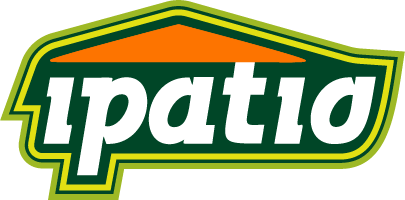
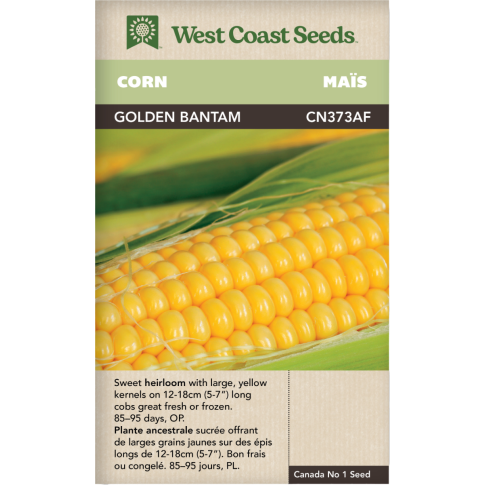




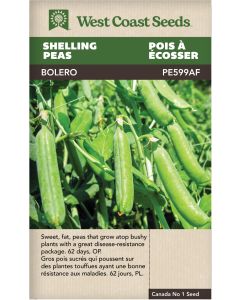




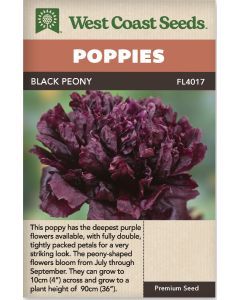



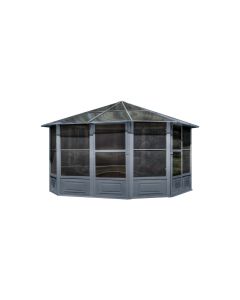
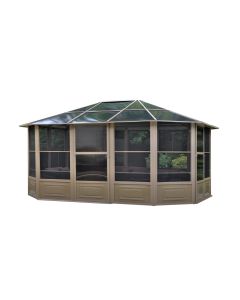
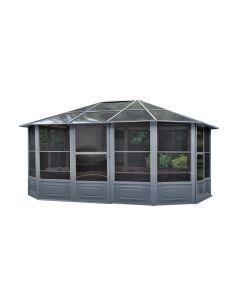
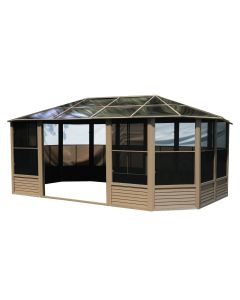
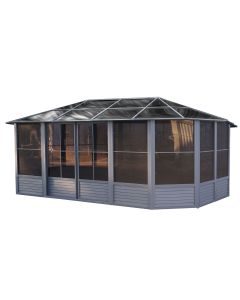

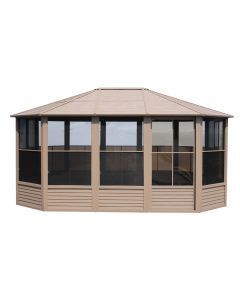
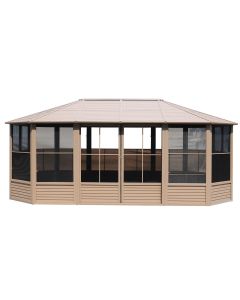
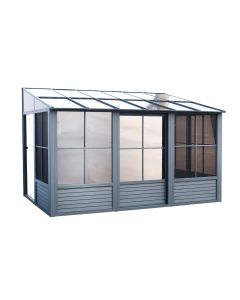
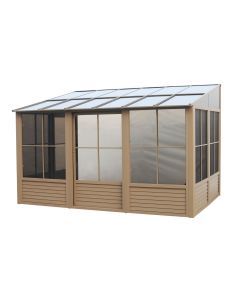


Login and Registration Form